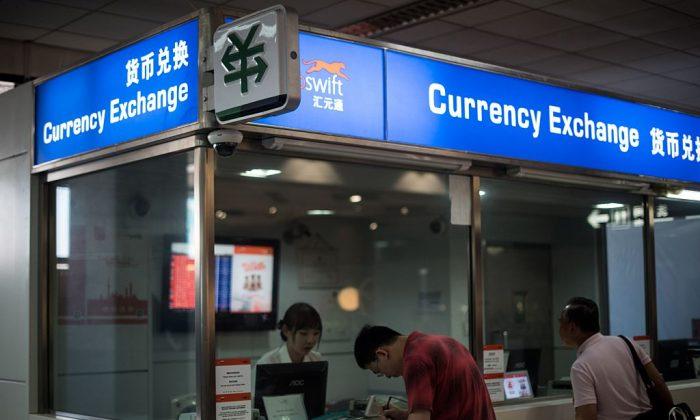While U.S. President Donald Trump expressed that he doesn’t “anticipate much” from resumed trade talks taking place between U.S. and Chinese officials on Aug. 22 and 23, China may be suggesting a willingness to negotiate this time.
On Aug. 21, China’s Ministry of Commerce, along with nine state agencies, issued a notice to remind the steel industry to “abide by World Trade Organization (WTO) rules,” forbidding export subsidies or other such benefits favoring domestic manufacturers that run counter to WTO regulations.
The United States and the European Union have both previously complained about China’s steel-dumping and responded with anti-dumping tariffs.
The timing of such a rare admonition coming directly from the Chinese regime was read by analyst Heng He as a sign that China may be willing to make some concessions in the negotiations.
“In previous talks, China has not expressed sincerity [in wanting to negotiate]. This time, China could be serious,” he told The Epoch Times.
Scott Kennedy, director of China studies at the Center for Strategic and International Studies in Washington, sees the talks as more of a “temperature-taking exercise,“ he told Reuters. ”Expectations are probably low on both sides.”
The discussions aren’t expected to do much to stop the activation of 25 percent U.S. tariffs on another $16 billion in Chinese goods, which are to take effect at 12:01 a.m. on Aug. 23, as well as immediate retaliatory tariffs from China on $16 billion of U.S. goods.
But the talks could set a framework for further negotiations, as Trump has threatened to enact tariffs on almost all Chinese imports, valued at $500 billion, unless Beijing meets his demands.
Currency
The discussions are taking place around a coincident slide in the yuan. For weeks, the yuan’s value has fallen against the dollar, depreciating by 6.8 percent from June 1 to Aug. 10. Analysts have observed that the Chinese regime is allowing the value to drop in order to cushion the blow of U.S. tariffs.
Trump, in an interview with Reuters on Aug. 20, also accused China of manipulating its currency for that reason.
Shortly after news of the reignited talks was announced on Aug. 16, the yuan went up 52 basis points to 6.8894 yuan against the dollar on Aug. 17, ending six consecutive days of depreciation.
The yuan’s value has continued to rise, to a high of 6.8574 on Aug. 22 as of the time of writing.
Evidence of China propping up the value of the yuan emerged as trade talks set in: the Shanghai branch of the People’s Bank of China issued a policy on Aug. 16 that bars commercial banks from using interbank accounts to deposit or lend yuan offshore through the nation’s free-trade zone channels.
The move was aimed at tightening offshore yuan liquidity and making it more expensive to short the Chinese currency.
China also made it more expensive for traders to bet against the yuan by levying a 20 percent reserve requirement on banks’ purchase of foreign-exchange forwards, according to an Aug. 20 Bloomberg report.
Chen Bo, an economics professor at China’s Huazhong University of Science and Technology, told Taiwan’s Central News Agency that the central bank’s recent attempts to intervene in the yuan’s devaluation is an indication that the Chinese regime is willing and ready to talk.
Reuters contributed to this report.






Friends Read Free